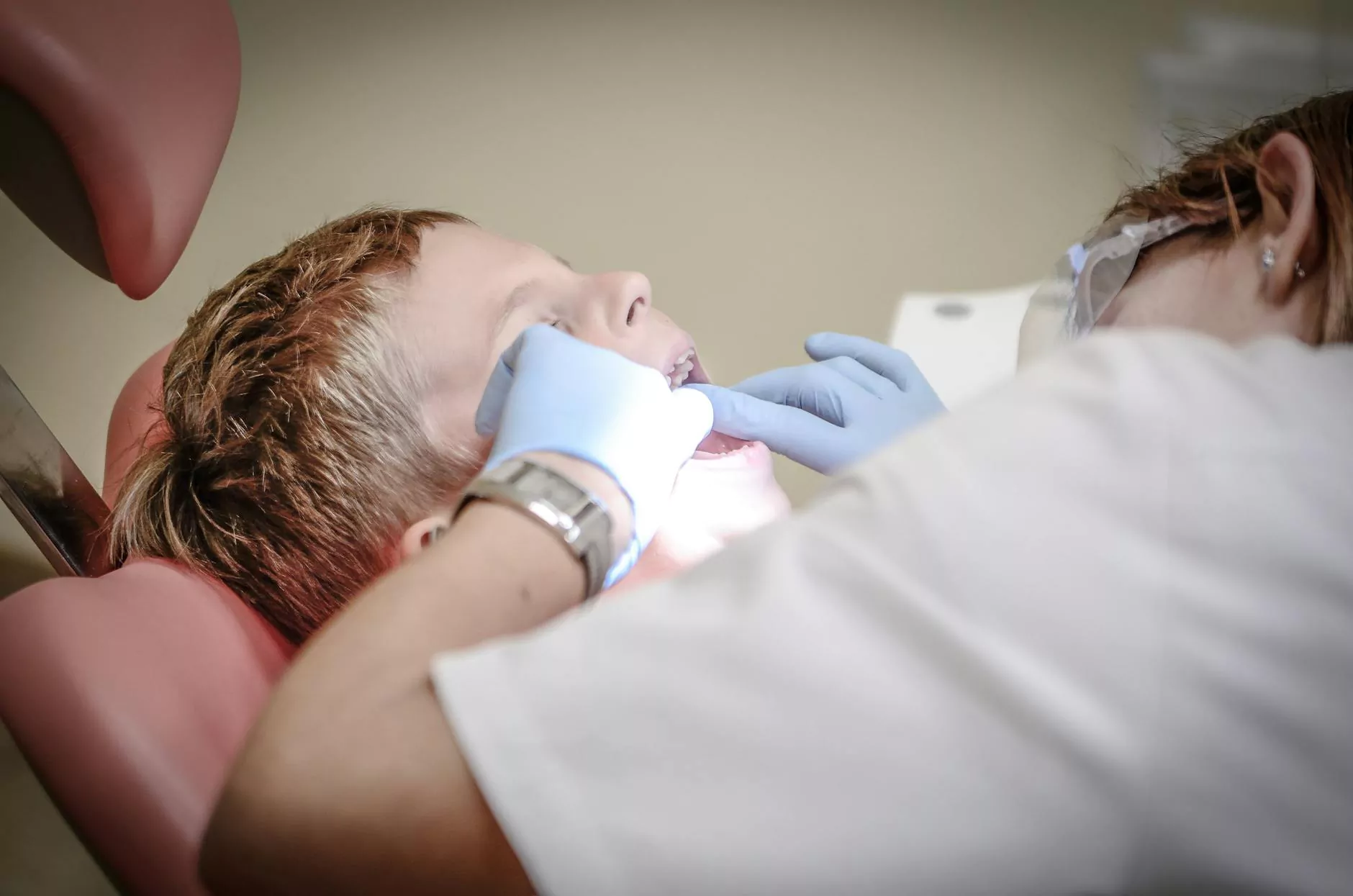Understanding Leg Discoloration: Causes, Treatment, and Prevention

Leg discoloration refers to a change in the color of the skin on the legs, which can indicate various underlying health issues. While sometimes it may seem like a cosmetic problem, changes in skin color can be symptomatic of more serious medical conditions. This article aims to provide an in-depth understanding of leg discoloration, highlighting its potential causes, treatment options, and preventive measures.
What is Leg Discoloration?
Leg discoloration can manifest in several ways, including:
- Pallor: An unhealthy paleness of the skin.
- Erythema: Redness due to increased blood flow.
- Cyanosis: A bluish tint caused by inadequate oxygenation.
- Hyperpigmentation: Darker patches or spots on the skin.
- Variegated pigmentation: A mottled appearance with multiple colors.
Common Causes of Leg Discoloration
Leg discoloration can stem from various medical conditions. Here are some of the most common causes:
1. Vascular Issues
Blood flow problems often lead to leg discoloration. Conditions such as chronic venous insufficiency can result in combined symptoms of swelling, skin changes, and discoloration as a result of blood pooling in the veins.
2. Peripheral Artery Disease (PAD)
PAD leads to narrowed arteries, causing reduced blood circulation to the limbs. Symptoms can include pale or bluish skin and coldness in the legs, which may appear discolored.
3. Skin Conditions
Various dermatological issues can directly lead to discoloration of the legs:
- Dermatitis: Inflammation can cause redness or brownish discolorations.
- Psoriasis: Characterized by red patches with white scales.
- Skin infections: Can lead to discoloration along with pain and swelling.
4. Hyperpigmentation Disorders
Conditions such as melasma or post-inflammatory hyperpigmentation can cause the skin to darken due to excess melanin production, often triggered by sun exposure or inflammation.
5. Systemic Conditions
Certain systemic diseases can also present with leg discoloration, including:
- Liver disease: Jaundice may cause yellowing of the skin and eyes.
- Heart failure: May lead to bluish discoloration of extremities.
- Diabetes: Can cause skin changes due to poor circulation and nerve damage.
6. Trauma or Injury
After an injury, such as a bruise, the affected area may show discoloration as part of the healing process, often transitioning through a series of colors.
When to Seek Medical Attention for Leg Discoloration
While some causes of leg discoloration are harmless and temporary, it’s crucial to consult a healthcare provider if you experience:
- Sudden changes in skin color that do not correlate with injury.
- Accompanied symptoms like pain, swelling, or warmth that may suggest clot formation.
- Skin ulcers or lesions that do not heal.
Diagnostic Processes for Leg Discoloration
Upon visiting a healthcare provider, they will conduct a thorough assessment which may include:
- Medical history review: Understanding the patient’s past medical conditions.
- Physical examination: Evaluating the legs and discussing symptoms.
- Diagnostic tests: This might include blood tests, ultrasound imaging, or skin biopsies to determine underlying causes.
Treatment Options for Leg Discoloration
Addressing leg discoloration involves treating the underlying cause. Here are some standard treatment methods:
1. Medical Management
For conditions like chronic venous insufficiency or PAD, physicians might recommend:
- Medications: Such as blood thinners or diuretics.
- Compression therapy: Using compression stockings to promote better blood flow.
2. Skin Treatments
For dermatological issues, treatment may involve:
- Topical creams: Such as corticosteroids for inflammation.
- Light therapy: Utilized for certain skin conditions like psoriasis.
3. Lifestyle Changes
Improving overall vascular health can also be beneficial:
- Regular exercise: Encourages healthy blood circulation.
- Healthy diet: Rich in fruits, vegetables, and whole grains to maintain proper vascular health.
- Hydration: Ensuring adequate fluid intake.
4. Surgical Options
In severe cases, surgical options such as vascular surgery may be necessary to correct significant blood flow issues.
Preventive Measures for Leg Discoloration
While not all causes of leg discoloration are preventable, individuals can take steps to minimize risk:
- Regular check-ups: Stay proactive about your health by scheduling routine medical examinations.
- Avoid smoking: To promote healthy circulation and reduce risks associated with vascular issues.
- Manage chronic conditions: Effectively control blood pressure, diabetes, and cholesterol levels through lifestyle and medication.
Conclusion
Understanding leg discoloration is pivotal for early detection and management of underlying health issues. If you notice unexplained changes in skin color, it is essential to seek professional medical advice. With proper diagnosis, treatment, and preventive measures, you can maintain healthier legs and overall well-being.
For a comprehensive evaluation of leg discoloration and other vascular health concerns, consider visiting Truffles Vein Specialists, where expert care and advanced treatment options await.









